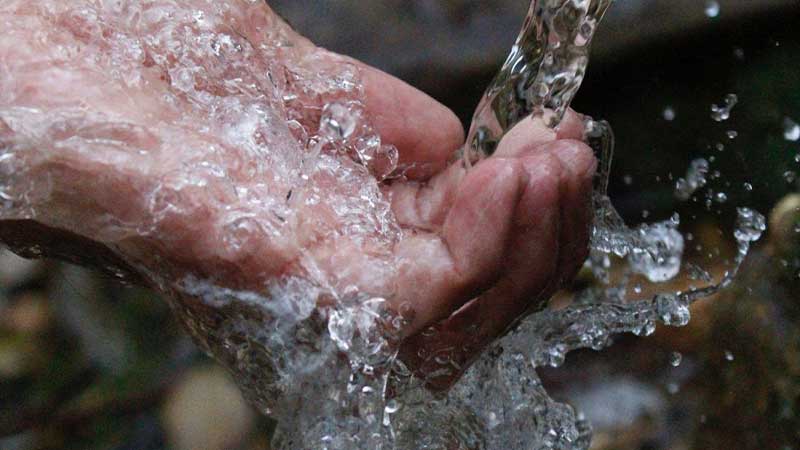Because of its adaptability, superior finish, and ease of use, injection molding is becoming more popular in the building, engineering, and parts manufacturing sectors. Metals (this technique is known as die-casting), glass, elastomers, and other plastics, such as thermoplastics and polymers, may all be used to make precise components with insert mold.
Using a giant hypodermic needle, it worked by forcing molten plastic through a hot cylinder into a formed mold. Buttons, collar stays, and hair combs were among the first items created using the procedure. Following WWII, there was an extraordinary demand for mass-produced, low-cost goods.
What is Injection Molding?
The injection molding process produces plastic items by inserting plastic grains, heating, chilling, and eventually delivering the form and size of the needed plastic goods. It’s a quick way to make a considerable quantity of precise plastic goods in a short amount of time. The injection molding technique produces the vast majority of the plastics we use daily.
To make a component that is precisely the proper form, color, and size for a piece of machinery, moving part, or other sorts of equipment, the selected material is heated and then injected into a specifically molded mold.
To endure the strain of heavy usage, the molds are often composed of a strong tool metal such as steel or aluminum. Engineers accurately manufacture them to fulfill their particular functions.
Injection-molded components are used in many applications, from little machine widgets to full automotive body panels, in typical injection molding applications, packaging, automobile parts, storage containers, toys, plumbing components, and medical goods.
Products for Injection Moulding
The injection molding of plastics for goods is widely employed in a range of areas. Plastic cups, bowls, plates, spoons, and other kitchen utensils are often used in ordinary home tasks. In addition, injection molding makes items like keyboards, mice, and the outside surface of monitors and printers. Toys are one of the most common and well-known plastics goods on the market. Plastic toys are easy to create and deploy since they can be readily twisted and bent.
Plastic injection molding goods used in medicine and hospitals include syringes, gloves, IV tubes, plastic lenses, safety gear, and other medical equipment. In addition, plastics are used for packaging goods such as salads, meats, and chips. Furthermore, cosmetics such as shampoo, face creams, and make-up, eyelash boxes are packaged in plastic.
Plastic injection molding goods such as bumpers, dashboards, wipers, and other vehicle components are employed. Plastic components are often used in the production of CDs and DVDs. Molded plastics are used to make the vending machine’s outside and interior surfaces and the battery housing and electrical switches.
Injection-Molded Products
The plastic injection molding technique is quick and precise, and it can make similar things in vast quantities. Plastic manufacturing goods are simple to use, lightweight, and make daily living simpler. Let’s take a look at some regularly used injection-molded polymers.
- Utensils for the kitchen
- Desktops and laptops
- Toys
- Medical Devices
- Automobile interiors Packaging industry Agriculture
- Components of vending machines
- Switches (electrical)
- Batteries, CDs, and DVDs
- components for automobiles
Process of Injection Molding Plastic
As opposed to automotive injection mold with other materials such as metal or glass, plastic injection mold offers several benefits, not the least of which is the plastic’s adaptability, which allows it to be molded into practically any form or size.
Plastic is long-lasting, sanitary, and simple to get. Many forms of plastic, such as thermoplastics, are also recyclable, making them a viable alternative for a variety of sustainable applications.
The Step-by-Step Process of Injection Moulding
- The raw plastic material is first taken in granules or small pellets, and then the injection molding process starts. This is then melted at high temperatures after being fed through a hopper.
The plastic components are then allowed to cool enough to harden and solidify. The injection mold is then opened, and the new plastic component is released using moving rods, plates, or an air blast, ready to be used in its intended application.
- The injection mold molds the plastic entering the machine, while the ejector mold pushes the solidified product out of the machine, ready to continue its trip through the manufacturing cycle.
To extend the life of the molds, they must be handled with extreme care. To guarantee maximum performance and avoid warping, ideal humidity and temperatures must be maintained.
- The technique is rapid and efficient, allowing for the manufacturing of vast quantities of plastic components of the same form and size in less time while maintaining incredible levels of precision and a high-quality finish.
Like any other manufacturing process, plastic injection molding has its share of challenges, the majority of which can be resolved with the necessary technological know-how.
- Blistering, burn markings, color streaking, crazing, and twisting are all common issues that influence the quality and appearance of the plastic components produced. To avoid delays in the manufacturing cycle, injection molding equipment must be consistently maintained and repaired as soon as any issues arise. In addition, plastic components must be examined appropriately as they are manufactured.
- Because of the adaptability of the plastic injection molding process, numerous approaches may be utilized to achieve varied finishes. A two-shot, or multi-shot, mold, for example, mixes two (or more) different materials into a single completed plastic object.
This method is perfect for softer finishes on objects like drawer knobs and when a component has to be formed of many colors or has diverse but complementing qualities.
Conclusion
Injection molding may be scary due to the time and expense of tooling. However, after the initial mold is made, injection molding is the quickest and most cost-effective method to make a large number of identical components at a low cost — which is why it’s one of the fastest-growing manufacturing processes today.
Injection molding is a manufacturing process that makes plastic parts. It has been around since the 1940s. It continues to be an integral part of many industries today, including automotive, medical device production, packaging design, and injection molding for plastics in general.








